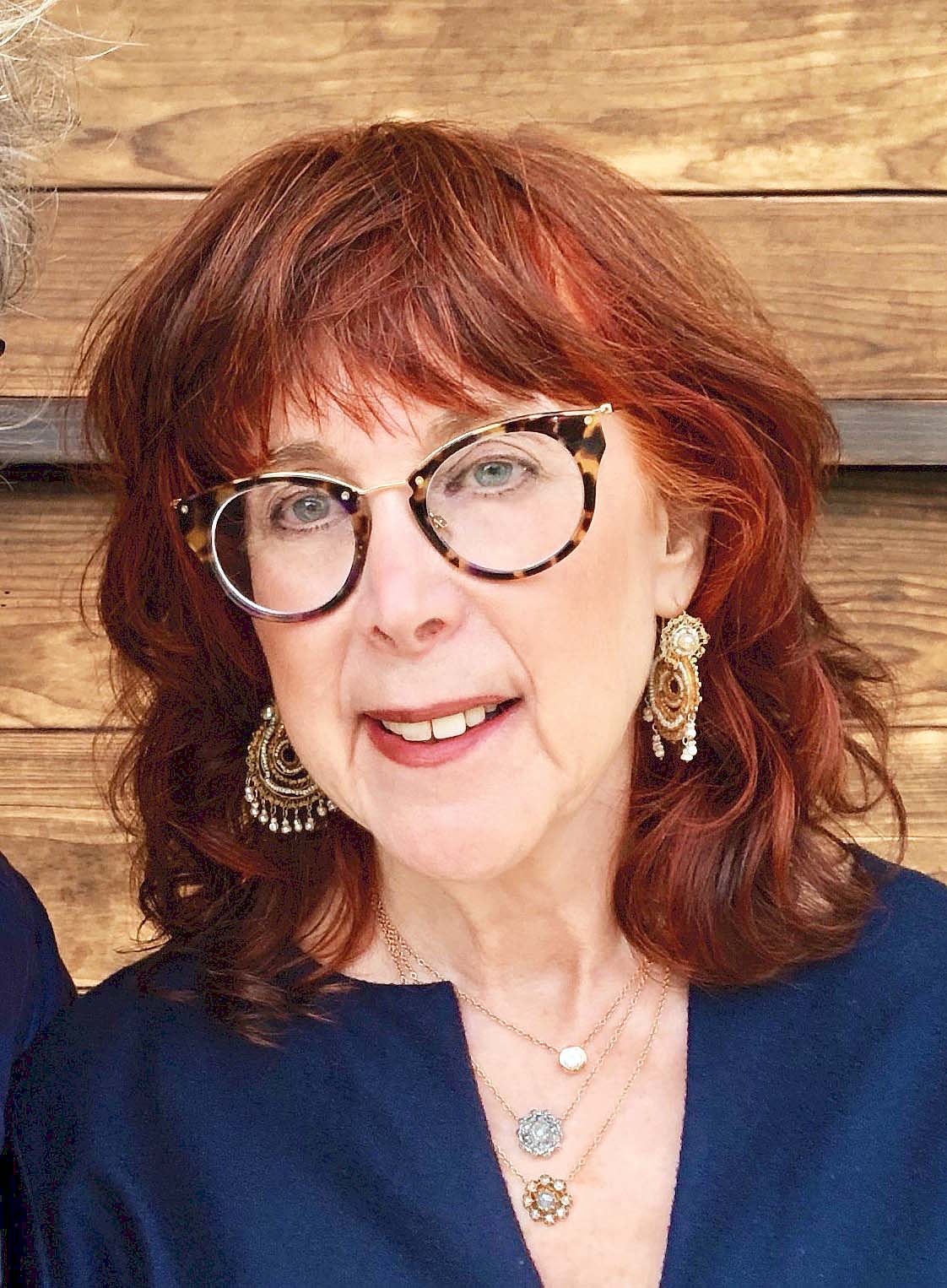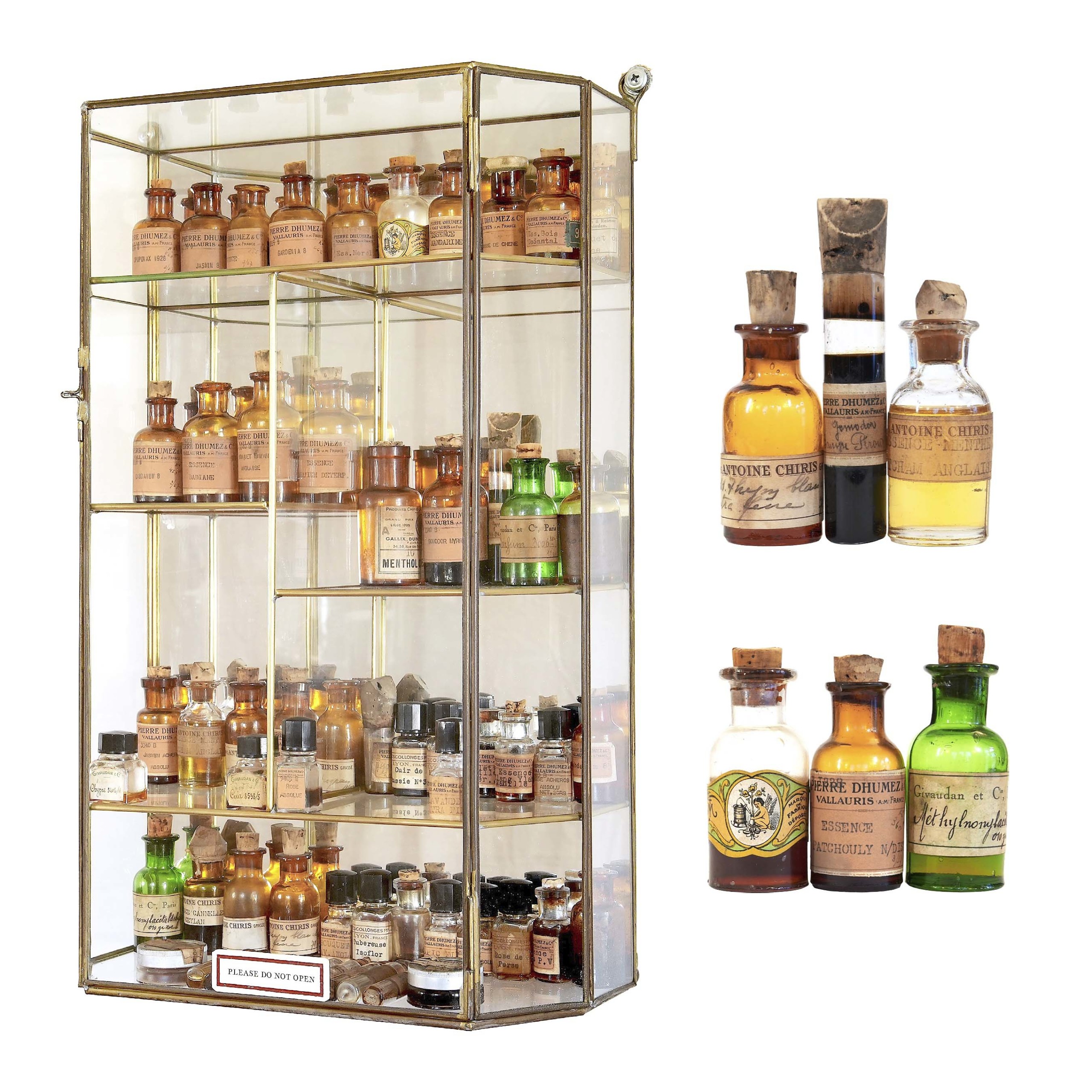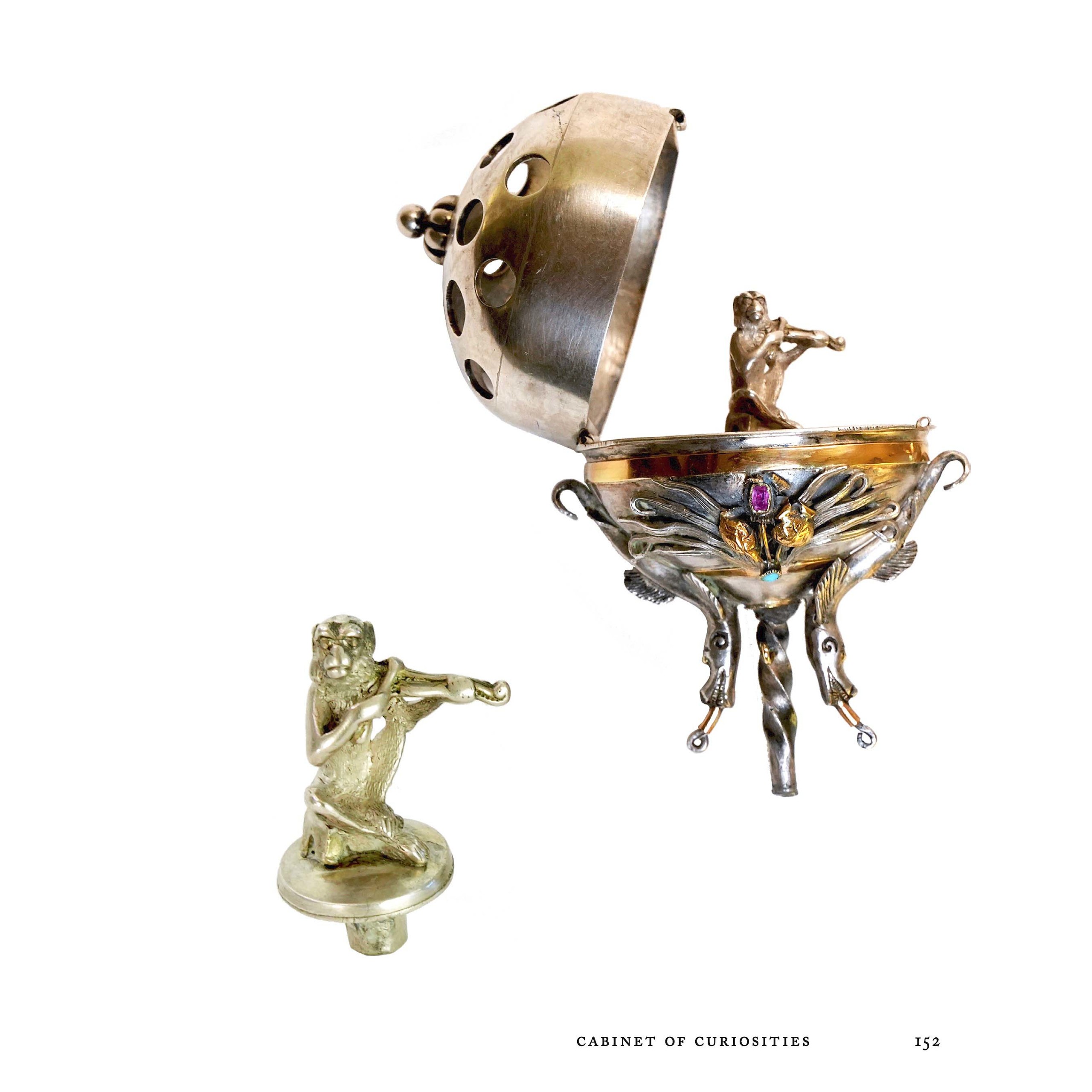
Foster Curry photo.
Abbeville Press is on the cusp of releasing The Museum of Scent: Exploring the Curious and Wondrous World of Fragrance, a new book by Mandy Aftel, who makes bespoke perfumes for people all over the world and is the owner/founder of the Aftel Archive of Curious Scents in Berkeley, Calif. A museum for things you can’t see? Our curiosity was piqued so we sniffed out Aftel, who introduced us into a heady perfumed world that is becoming increasingly rarer with the pervasive use of synthetic perfumes.
In the first sentence of the introduction to your new book,The Museum of Scent: Exploring the Curious and Wondrous World of Fragrance, you say you’ve spent a lot of your adult life working in a world you can’t see, a world full of smells. How and when did your journey in that world start?
Almost 30 years ago, I was a psychotherapist working with artists and writers. I decided I wanted to write a novel and make my main character a perfumer. I like research and knew the world of synthetics but I was only interested in natural perfumes. I started with books — 100-year-old ones that are all about botanical materials. They were eccentric, full of lore, full of history of plants. I just love that everything started from there. At the time, there was no Google. I would go to book fairs with a list. Antiquarian book dealers came to know me, they’d tell me if they had something that was in my price range. The hunt was fun!
I was still researching the novel — which I never finished — when I took a class at a studio where you could make perfume from essential oils. I just loved it — I was obsessed. I had a friend who took the class with me, she said ‘We should start a business.’
I had a lot of old books and from there, I went very slowly. I continued to collect things, antique postcards of people gathering plants. It’s been built slowly to where I am now.

Tell me about your museum.
My museum is filled with antiques and things people can touch, even the books. Every visitor gets a visitor’s kit with gloves to handle the books. We have Sixteenth Century books, 100-year-old essential oil bottles, a Seventeenth Century herbal, a Book of Secrets from 1596, old machinery for distilling perfumes, an incredible pomander used to ward off the plague, old perfume stamps, all the animal ingredients, a stash of essential oils found in a Nineteenth Century French perfumer’s attic. We even have ambergris. Everything is real and old and not only touchable but also smellable.
When something new comes along I’m so excited. I recently got an 1835 book on distilling. I have the 1810 The Complete Distiller, which was letter-pressed. We have the Theatrum Botanicum in English — the first edition from 1640. I like people to be able to read things; it slows them down and makes them wonder.
What’s amazing about the museum is we’ve had thousands and thousands of visitors — to the person everyone has said they’ve never seen anything like it. It’s very thrilling for them to encounter something that they’ve never experienced. The material is positively magical, and our biggest number of visitors are the ones who come back with someone else.
You are from Michigan but founded the Aftel Archive of Curious Scents in Berkeley, Calif. What brought you to Berkeley?
I’m 75 and came to Berkeley in 1970 and back then was married to someone who came here to go to law school. I’ve been in this house since 1977; my museum is in a converted cottage/garage. It’s an extraordinary building.

Rimmel collection, Foster Curry photo.
Are there other archives like it anywhere else in the world?
There’s a Museum of Perfume in Grasse, France (Musée International de la Parfumerie) but most of the time other places are about the commerce; my museum has none of that. I’m really unique, it’s all about the history and the culture and rituals surrounding scent and food.
We have 300 essences inside and a garden with more than 100 roses in bloom much of the year. All of the smelling takes place outdoors. You can choose from among the 300 essences to take home a few samples of them to smell on small strips.
What is the most unusual or rare smell in your archive? Most expensive? One you’re still searching to find?
Ambergris is whale poop but it’s not every whale — just sperm whale — and it’s not every poop. I have some that’s very fresh, and some very old stuff that’s been tossed on the ocean that’s white. I have some that’s black-green. It’s made when cuttlefish beaks embed in the whale’s stomach, which makes the whale ill and they then make ambergris. The smell is divine. It’s not only shimmery, it’s ambery and warm and balsamic. In a perfume, it changes everything for the better. It’s rare and spectacular!
There are so many things that are beautiful and rare, like real gardenia from Tahiti — a student of mine went to Tahiti and met this man who had a gardenia plantation; he sold it to me and I thought it was amazing. I have things that are worth $10/12,000 a kilo. Blue lotus is in that price range.
Real oud oil is worth about $50,000 per kilo if you can find the real thing. I found mine through the world of incense. It’s very easy to spend a lot of money. The agarwood tree — not all trees make it, it’s a fungus that infects the tree and makes a natural resin. Oud is rare and rich and complex; it has an earthy otherworldly smell. It’s a natural resource that’s protected. I teach all over the world and one of my students had an oud collection he left to me. My students crowdfunded to buy a special piece of oud in his memory. So we have a large piece of oud that just has this amazing smell. It’s very revered all over the world.
You’ve published several books on smell and flavor, beginning with Essence and Alchemy in 2001. What prompted you to write The Museum of Scent…?
I really wanted to! We have visitors, both local and who come from around the world and I wanted people who couldn’t come to be able to share some of that experience. One out of every two visitors asks if things are for sale.
Were there any revelations you had while you were writing it?
So many! This book is visual. In Essence and Alchemy, I had black and white illustrations. This book has photos of isolated things. Each chapter has a symbolorum illustration that’s tied to a scent. It’s visual. The information is different. It doesn’t repeat. It’s also a lifelong study. I’m always learning; I got to go further than I’d been able to before. There are bottles of essences shown next to the plants and I’ve been able to bring that beauty to the page in a way I could never do before.

Rare museum-quality French pomander, circa 1790. Foster Curry photo.
You are also a bespoke perfumer with some celebrity clients. Can you explain how you help them or describe what you do for them?
I always start a lot like a chef, from the ingredients. Not only are those the most significant part of making a fragrance but the integrity of the ingredients and their nuances are as well. It’s always based on the customer’s emotional responses to those essences. I build a fragrance from their favorite smells, but I don’t tell them what they’re smelling until after they’ve smelled it. It’s fascinating to me to see people’s reactions, it’s not at all predictable. And the smells they choose when they come back are often different from the ones they chose before, it’s very much a snapshot, a portrait of them in that moment. It’s always a real pleasure, both for them and for me, and sometimes it’s a surprise, too.
During Covid I had to stop having people visit but I was able to do custom perfumes through the mail, which in some ways works better. I have essences divided into top, middle and base notes. The top note is the greeting note, it lifts off first, and are usually picked from citrus and herb essences. The middle note is the body of the perfume. Most are from flowers and spices; base notes are the heavier essences, the ones that last the longest.
I have kits that are named but also numbered and I encourage people not to look at the names but to go through the kits. They call me and tell me their favorites; I mail them a sample and will make up to three revisions. From my experience, between 35 and 40 percent take all three samples; then 80 percent pick the first one. I’ve done it for a husband and wife together, and for friends. It’s really fun.
Do smells go extinct?
Yes, but not as much for me because I buy enough to stock up. Its not in people’s interest as much anymore. The perfume business has moved almost entirely to synthetic smells. The rare and valuable ones are now really hard to find.
—Madelia Hickman Ring
[Editor’s note: The Museum of Scent: Exploring the Curious and Wondrous World of Fragrance is available for purchase here on amazon.com. For more information about Aftelier Perfumes, www.aftelier.com, or follow Mandy on Instagram (aftelierperfume), Twitter/X (@AftelierPerfume) or Facebook (Aftelier Perfumes).]




